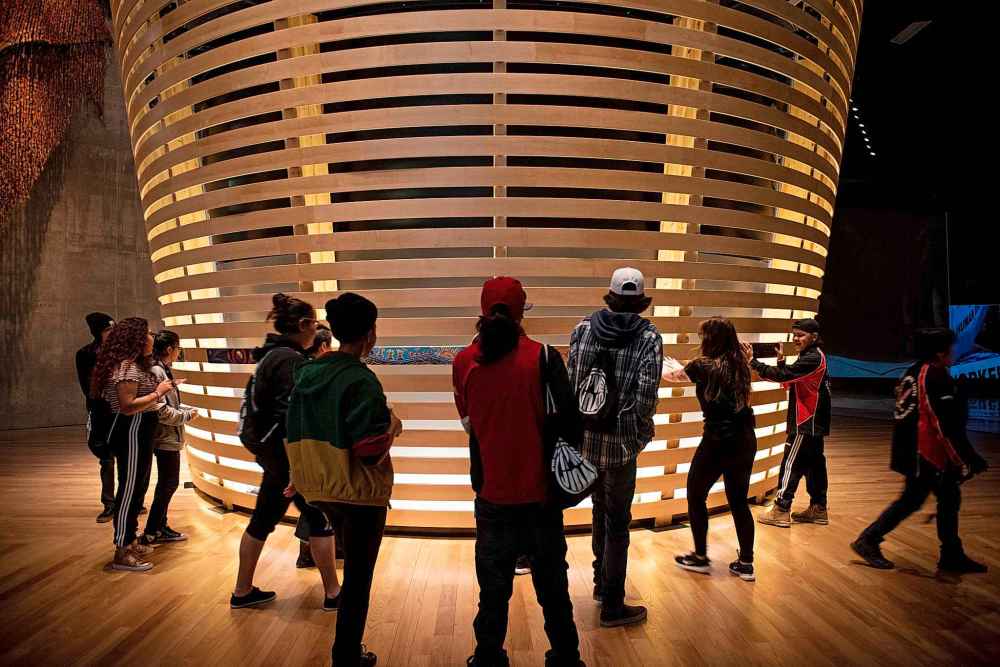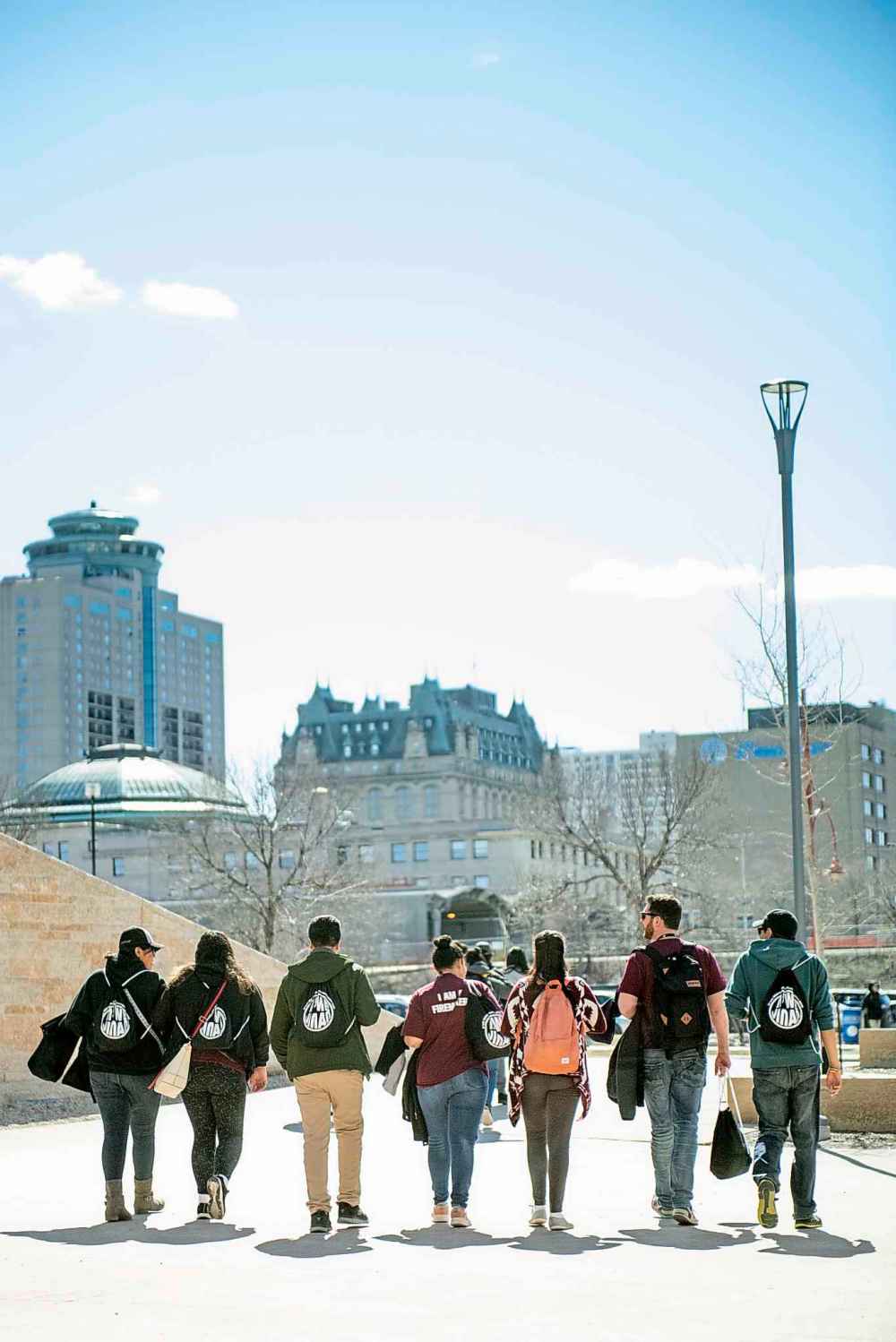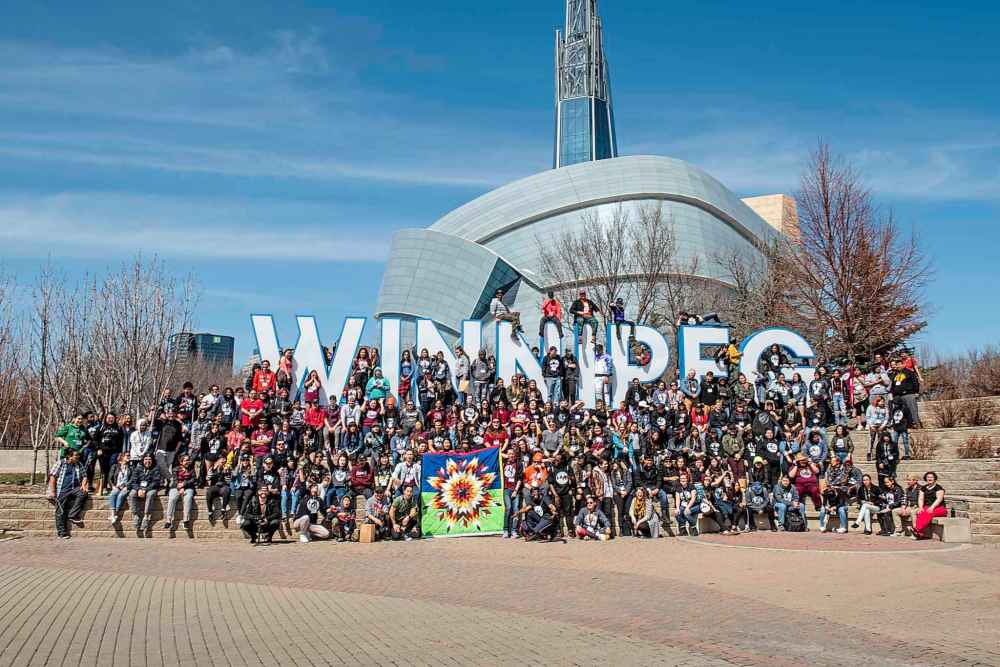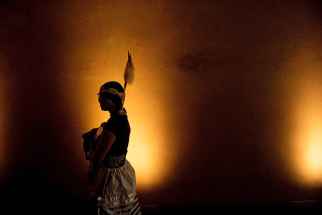Fire of youth seeks to light new path
Read this article for free:
or
Already have an account? Log in here »
To continue reading, please subscribe:
Monthly Digital Subscription
$0 for the first 4 weeks*
- Enjoy unlimited reading on winnipegfreepress.com
- Read the E-Edition, our digital replica newspaper
- Access News Break, our award-winning app
- Play interactive puzzles
*No charge for 4 weeks then price increases to the regular rate of $19.00 plus GST every four weeks. Offer available to new and qualified returning subscribers only. Cancel any time.
Monthly Digital Subscription
$4.75/week*
- Enjoy unlimited reading on winnipegfreepress.com
- Read the E-Edition, our digital replica newspaper
- Access News Break, our award-winning app
- Play interactive puzzles
*Billed as $19 plus GST every four weeks. Cancel any time.
To continue reading, please subscribe:
Add Free Press access to your Brandon Sun subscription for only an additional
$1 for the first 4 weeks*
*Your next subscription payment will increase by $1.00 and you will be charged $16.99 plus GST for four weeks. After four weeks, your payment will increase to $23.99 plus GST every four weeks.
Read unlimited articles for free today:
or
Already have an account? Log in here »
Hey there, time traveller!
This article was published 22/04/2019 (2423 days ago), so information in it may no longer be current.
Lac La Croix First Nation is like many Indigenous communities in Canada.
It has an 85 per cent unemployment rate, mostly due to the Indian Act — the policy that has long prohibited and impaired the economic viability of Indigenous communities. This, added with the trauma of residential schools and ongoing violent policies and practices that oppress Indigenous communities, results in high amounts of child-welfare apprehensions, substance abuse, and suicide.
There are many struggles in the northwestern Ontario community.

So, the youth of Lac La Croix decided to do something. They wrote a song called Firemakers, describing the problems and what they’re doing about it.
The song, and album of the same name (Vol. 7 in a series by N’we Jinan artists, and featuring work from 14 Indigenous communities), had its world-wide release April 20 at the Garrick venue in Winnipeg.
Firemakers — created by Kierra Boshey, Kiera Ottertail, Kyson King, Anthony Boshey, Kaelyn Walton, Madison Ottertail, Ian Geyshick, Taison Geyshick, Reo Walton, Cylie King, Shantay Menson, Rija Deschamps and Shane Ottertail — begins: “So many broken homes, have you seen where we live? / This story seems so old, how much can we give?”
But this isn’t their story, the song tells us, for these youth are defined by something else.
Each artist — as young as 11 — raps, sings, and speaks one at a time. They describe stories of struggle, of believing in one another, of hope. They tell about learning Anishinaabemowin, their ancestral language. They show how they dance, take risks, and become “unstoppable.”
The chorus, in Anishinaabemowin and English: “Do you see what I see? Do you hear what I hear? / Do you dream what I dream? We’re firemakers.”

The video for Firemakers is beautifully and professionally done, filmed and produced in the winter in Lac La Croix. It’s also a hit; viewed on YouTube 44,512 times as of noon Monday.
The Lac La Croix youth are part of the N’we Jinan program, a national non-profit organization that develops and delivers artistic and educational programs in First Nations, Métis and Inuit communities.
N’we Jinan means “we live here” and is basically an “artist in the schools” program, connecting professional visual artists, photographers, writers, dancers, and musicians with Indigenous youth. During short-term visits, these artists teach young people their craft and share their experiences.
The most popular program — and N’we Jinan’s most well-known — is its hip-hop music branch. Along with it comes the program’s mobile production studio, which helps youth create and market music and videos.
Between 2014-2019, N’we Jinan has worked with more than 600 Indigenous young artists in three dozen communities, helped create over 60 original songs and have produced 40 music videos that have been viewed a combined 15 million times online. Eight of those communities are in Manitoba.
It also manages the careers of Mariame, a Cree/Algerian pop singer, and hip-hop trio The North Stars from Quebec’s Nemaska Cree First Nation.

N’we Jinan is so popular even Prime Minister Justin Trudeau tweeted about the program.
The culmination of N’we Jinan is a national festival, where participants bring their art, introduce it to the world, work with new artists and develop more projects. This year it was held for four days over Easter weekend at the Canadian Museum for Human Rights, with 220 youth from 32 communities working with 42 artists.
(I gave the keynote Sunday morning, and spent the day witnessing spoken-word pieces, hearing modern music in traditional languages, and previewing ground-breaking art now featured at the Winnipeg museum.)
“The professionalism of the youth is rising more and more,” said David Hodges, executive director of N’we Jinan and a music producer. “Every year, these artists blow my mind with work comparable to those from record labels.”
The work of N’we Jinan, however, goes beyond music videos and Youtube links.

“The network of contacts these youth create by connecting with artists help them in their future life but also helps their communities,” said Katie Green, program director. “The participants bring these skills back to their homes along with a sense of self and identity. A lot of them find their voice here”
Some participants have gone on to become professional artists, such as Angel Baribeau from Mistissini Cree Nation in Quebec. She co-founded the band Simple Human Tribe and has collaborated with The North Stars on their latest song, Dreams.
She’s now the events co-ordinator assistant of N’we Jinan.
“My band’s first concert was at N’we Jinan,” she said. “This is my family. Without this place, I wouldn’t have been able to find my voice. Now I’m trying new things.”
The fire of these artists is spreading. They’re creating warmth and light as they change the story for Indigenous youth and the future.
Give them a listen and a like. Join the fire.

niigaan.sinclair@freepress.mb.ca

Niigaan Sinclair is Anishinaabe and is a columnist at the Winnipeg Free Press.
Our newsroom depends on a growing audience of readers to power our journalism. If you are not a paid reader, please consider becoming a subscriber.
Our newsroom depends on its audience of readers to power our journalism. Thank you for your support.









